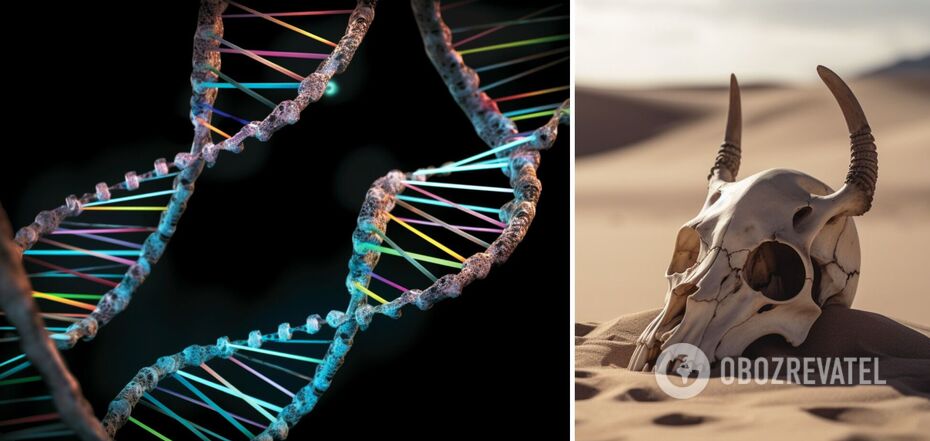Life
Some species may survive mass extinction: Scientists make discovery that changes understanding of evolution
The ancestors of sturgeons and paddlefish managed to survive the mass extinction of 200 million years ago because their bodies were capable of complete genomic duplication (PGD). This contributed to the genetic variations that ensured the survival of the creature when other species were unable to evolve properly.
This is according to a study published in the journal Nature Communication, led by Professor Aoife McLysaght and Dr. Anthony Redmond of the School of Genetics and Microbiology at Trinity College Dublin, Ireland. Scientists believe that the discovery has profound implications for understanding the evolution of species and, in particular, human ancestors.
McLysaght explained that full genomic duplication consists in the fact that an organism is able to completely copy its own genome, which results in it having twice as much genetic material to contribute to evolutionary development.
Most species, including humans, are diploid. This means that they receive a pair of chromosomes - one from each parent. PGD, on the other hand, results in everything existing in four copies. This, as the professor explains, provides plenty of raw material for mutations and evolution.
According to SciTechDaily, it is also interesting that this duplication is not permanent. Subsequently, the organism reverts to its usual pairs by going through a process called rediploidization. This is a reversed and lengthy process that returns the organism to a diploid state.
As McLysaght noted, the study found that this process can take a very long time.
"In this case, it took a very, very long time - so long that some of the gene duplications turned out to be species-specific and occurred after the two species had taken different pathways on the tree of life," she said.
Because scientists were previously unaware that ancient duplication of the entire genome could have occurred before species separated, they now speculate that other species may have had the same complete genome duplication.
"We believe that the same thing may have happened in many other lineages of species, and this is important given the possibility that it created genomic conditions that helped species survive mass extinctions," the study notes.
Genetically, sturgeon and paddlefish have both shared and non-shared gene duplicates derived from the ancient PGD. According to scientists' calculations, the duplication occurred just over 250 million years ago, just before or during the Mass Permian Extinction, which wiped out more than half of the families of all living things on Earth.
This fact, scientists believe, may support the theory that PGD yields more genetic material and greater capacity for evolutionary variation, which ensures the survival of species during complex or changing environmental conditions.
Dr. Anthony Redmond added that scientists know that our long ago early vertebrate ancestors had numerous genome-wide duplication events that formed the modern human genome, but the new study sheds light on how our ancestral genome and duplicated genes evolved after these doubling events.
OBOZREVATEL also previously reported that genetically modified mice were found to have a source of youth that has no side effects.
Subscribe to OBOZREVATEL channels in Telegram and Viber to keep up with the latest developments.



























